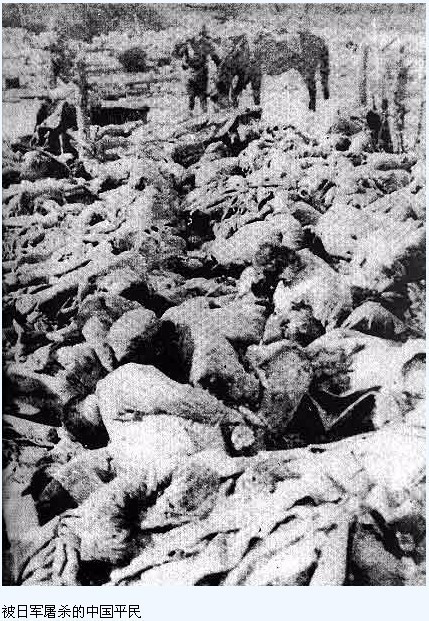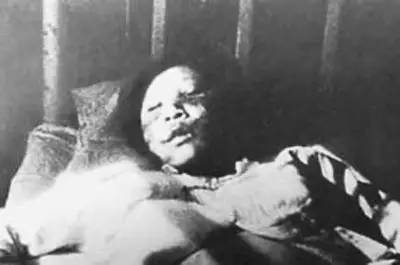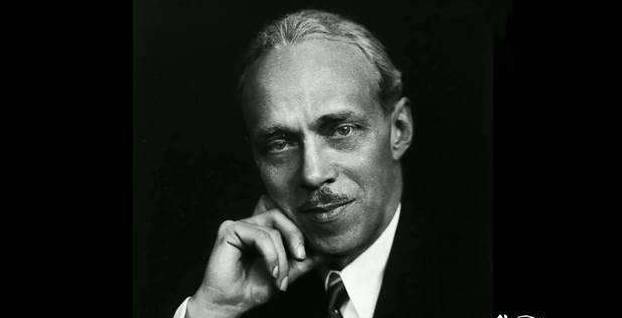During the Nanjing Massacre, didn’t the Chinese military and civilians resist?
Eighty years ago, the Japanese invaders launched the Nanjing Massacre, and a large number of Chinese civilians and soldiers in the city were brutally killed.
Jing Shenghong, a professor at the Research Institute of Nanjing Massacre History & International Peace and professor of the Department of History at Nanjing Normal University, pointed out that during the Nanjing Massacre, Chinese civilians and military personnel didn’t yield, and to some extent they rebelled against the Japanese atrocities.
There has always been a misunderstanding about the history of the Nanjing Massacre: "When the Nanjing Massacre occurs, no one resisted, even no one fled." As a scholar who has studied the Nanjing Massacre for many years, I can say responsibly that this statement is not in line with historical facts.
On December 13, 1937, when the Japanese invaders invaded Nanjing, the Chinese military and civilians were unprepared for the upcoming massacre by the Japanese army. At that time, the world had entered the era of civilization. Even the international war was protected by international law, and the Japanese government signed it. Therefore, when the Japanese army entered Nanjing, the Chinese soldiers and civilians were full of hatred, but they had to stop resisting. Kindhearted as them, they believed that public international law will protect them, and believed that the Japanese army will have a minimum of humanity and conscience.
Therefore, when the Japanese army trampled on the public law and began to kill, they fell down one by one as they never expected that. Should they be to blame? Are you going to blame these kind Chinese people who fell in the pool of blood?

█ Blood educated Chinese soldiers and civilians! After experiencing shock and fear, the Chinese military and civilians finally realized what was happening and they bravely fought against the aggressors. █
The Japanese army made careful preparations for the massacre:
They choose hard-to-escape venues, deployed heavy troops, equipped with many light and heavy machine guns, and they suddenly fired to Chinese soldiers and civilians after driving them into surrounded circles. The awakened Chinese soldiers and civilians, even were tied up by ropes, shouted forward and rushed forward!
After the Japanese army made the Wulong Mountain massacre, a Japanese soldier who participated in it recalled:
"The machine gun squeaked in the night, and the anger in the hearts of the refugees suddenly broke out. They shouted and rushed to the machine gun squad. The two machine gun teams were gone in the crowd in the blink of an eye. The car team had to leave the petrol can, pouring the petrol on the sloping field, and threw the burning match on the ground... This crowd of people who swarmed in an instant was all killed in the end."
Many Nanjing women resolutely resisted the rape of the Japanese army. Li Xiuying, a 19-year-old woman, who was pregnant for seven months then, later recalled:
"At noon on the 19th, three Japanese soldiers came. One came up to unbutton me. I saw a bayonet hanging from his waist, so I tried to take the knife to fight. I bit on his clothes. I dealt with three soldiers by myself, rolling around on the ground with on of them. The other two Japanese soldiers used a bayonet to poke me. I was sent to the Drum Tower Hospital. The next day I was aborted and my body was stabbed with over 30 wounds. I didn’t recover until 7 months later."

▲ Shot of Li Xiuying receiving treatment at Drum Tower Hospital by John Magee.
American missionary John Magee filmed Li Xiuying's medical treatment at the Drum Tower Hospital, and the photo became an important historical material for the Nanjing Massacre by Japanese troops. Li Xiuying lived tenaciously to the beginning of the 21st century. She repeatedly revealed the atrocities of Japanese army in Nanjing Massacre using her personal experiences.
It is not only Li Xiuying who was brave enough to resist the Japanese atrocities. Tiansuo Gengzao (田所耕造), a soldier of the 114th Division of the Japanese Army, recalled:
"There was a Niigata soldier who ran to the city alone to rape, but he did not return for a long time. Later we found he had been killed in the apple pile. When he grabbed a woman to rape, he was attacked by a three-teeth pick from behind."
On April 24, 1938, according to the diary of Vautrin, a resident with the surname of He killed a Japanese soldier in order to protect his wife and daughter from the insults by him.
In January 1938, the social order in Nanjing had just returned to calm. In the "East China Photo Studio", when the 15-year-old little apprentice Luo Jin developed films for the Japanese army, he found that many of the photos were Japanese soldiers killing Chinese civilians and raping women.
Luo Jin secretly printed more than one set. The photos accumulated to more than 30. He retained 16 clear and most typical photos, bounding them into a book, and painted a red heart on the cover of the small photo book. In the middle of the heart was pierced by a sharp blade, dripping in blood, and a Chinese character "shame" was written on the right. After the victory of the Anti-Japanese War, this album was determined to be the “JZ first crime evidence” for the trial of the Japanese war criminal Hisao Tani.

George Fitch rescued a large number of Chinese civilians during the Nanjing Massacre.
George Fitch, director general of the Nanjing Security Zone International Committee, wrote in a letter in January 1938: "The Chinese have an unconquerable quality of pain endurance, and many other good qualities. In the end, they will surely welcome the victory." (Author: Jing Shenghong, this article is taken from the Japanese Invasion of China History Research)

